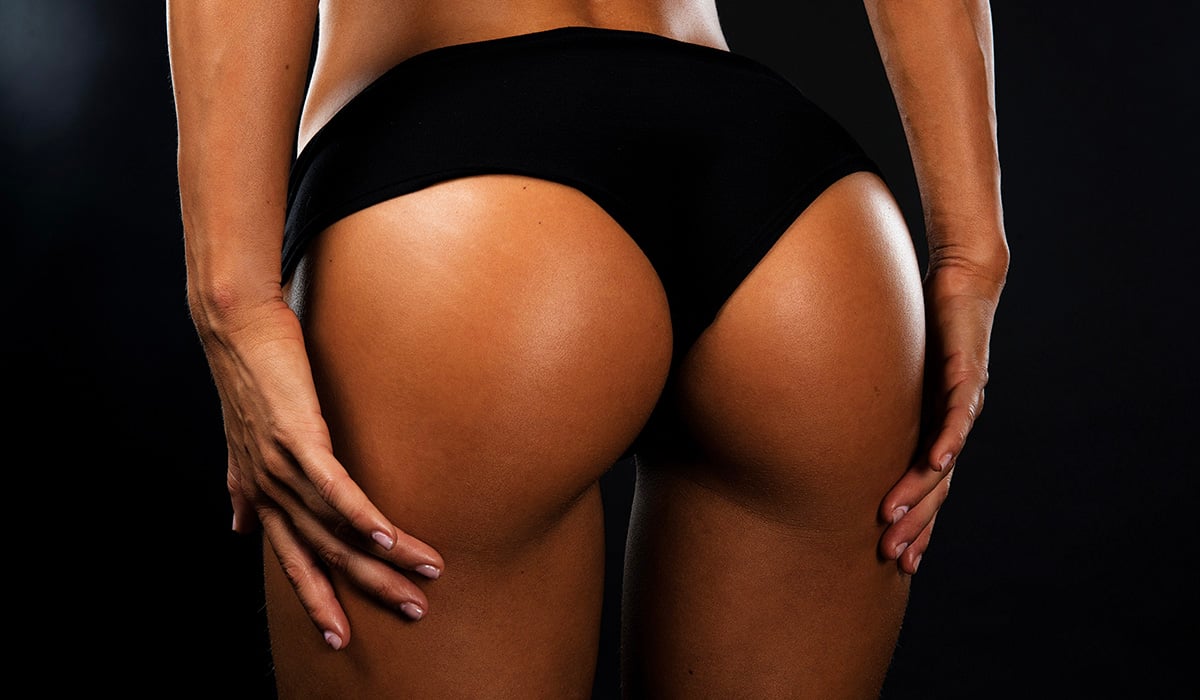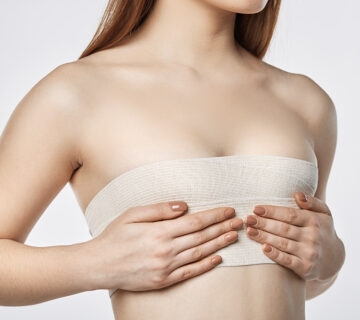More than 21,800 Brazilian butt lift procedures were performed in 2020 in the United States, according to the American Society of Plastic Surgeons (ASPS)—and this is only expected to increase in the post-pandemic world.
“It’s the shapely derrieres of celebs like Beyoncé and Kardashian West…that’s inspiring women and men to go under the needle,” reads a Vogue article on the subject. Although the outcome is the primary focus when deciding to undergo a Brazilian butt lift, it’s also important to understand the recovery process.
The way you care for yourself after surgery will heavily impact your results. Allow your recovery to progress naturally; don’t try to rush through the healing process. Take an appropriate amount of time off work and ensure you have the correct equipment, such as an inflatable donut or booty pillow, when you return. Eat a nutritious diet low in sugar, fat, and salt, and abstain from drinking alcohol and smoking. One of the most important recovery tips: Don’t sit directly on your buttocks for at least eight weeks. Use a pillow to relieve pressure and ensure optimal results.
Long Island’s Buglino Plastic & Reconstructive Surgery created this helpful breakdown of the Brazilian butt lift recovery process to ensure you have all the information you need to make an informed decision.
Immediately Afterward
Prior to your surgery, you’ll want to enlist a caretaker. This can be a friend or family member who is responsible for driving you home post-op, and assisting around the house for several days. Immediately after the procedure, you will experience some soreness, bruising, and swelling. There may also be an initial feeling of numbness. If you are in pain, tell your surgeon so they can prescribe medication to manage the discomfort in the coming days. When you arrive home, alternate between resting and taking short walks. The exercise is necessary to reduce swelling and support circulation. Your surgeon will give you detailed instructions on how to care for your body during the rehabilitation process.
Remember not to put direct pressure on your buttocks. You will be advised to sleep on your side or stomach. Utilize a donut or booty pillow if you need to sit down. Make sure when seated that the pressure is on the posterior thighs, so it doesn’t impact the grafted fat.
Week One
During the first week, your surgeon will instruct you to wear a compression garment for the areas treated with liposuction to minimize swelling and fluid retention. It can also decrease discomfort and help the skin retract, according to the ASPS. Continue to utilize the booty pillow to keep pressure off your butt. Your surgeon may ask that you schedule a follow-up visit to review healing. Lymphatic massage is helpful to start at this time to help hasten healing and treat early scar tissue.
Week Two to Three
The pain and tenderness should subside dramatically. However, you may continue to experience slight swelling. Avoid sitting, unless utilizing your booty pillow. Consult your surgeon about whether or not you can begin driving. Avoid heavy lifting, and continue taking short walks.
Week Four to Five
During weeks four to five, you can begin taking longer walks and resume light exercise. Do not lift heavy weights. You may also return to regular household chores. You may continue to feel slight pain or tenderness. If serious discomfort persists, call your surgeon immediately.
Week Six
A majority of patients should no longer feel discomfort or soreness. If your recovery is going well, your surgeon will allow you to resume lower body exercise. By week six, you should also be able to see visible results of your liposuction and fat grafts. Note that up to 40 percent of the transferred fat may not survive, regardless of your recovery care.
This is a loose healing timeline. Everyone’s body is different. Factors such as age, health, and medical history can impact your individual recovery. Consult your surgeon for more information.
If you’re interested in a Brazilian butt lift, contact Long Island’s premier plastic surgeon, Dr. Anthony Buglino, at (516) 864-0700 or schedule an appointment online.




